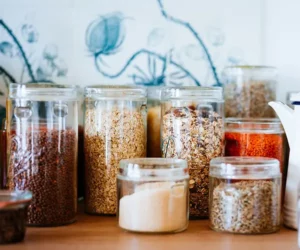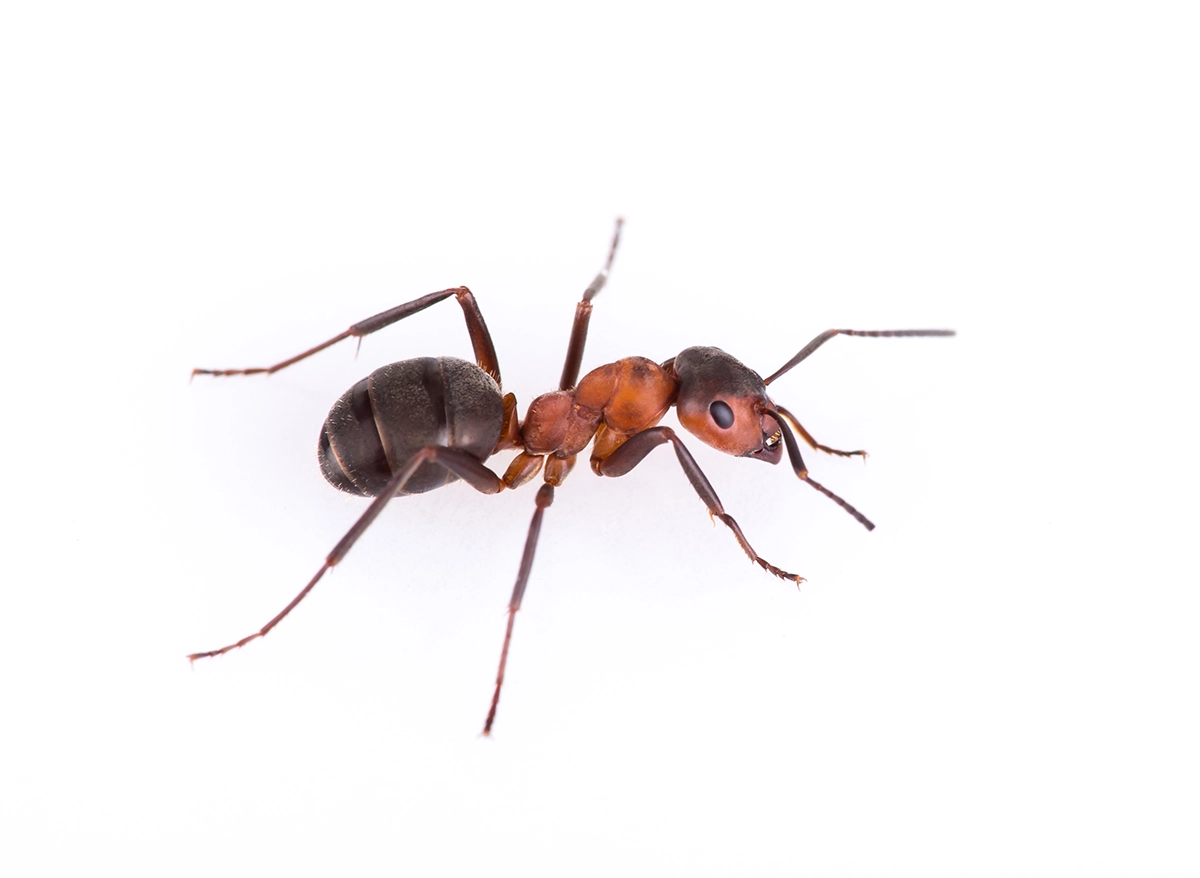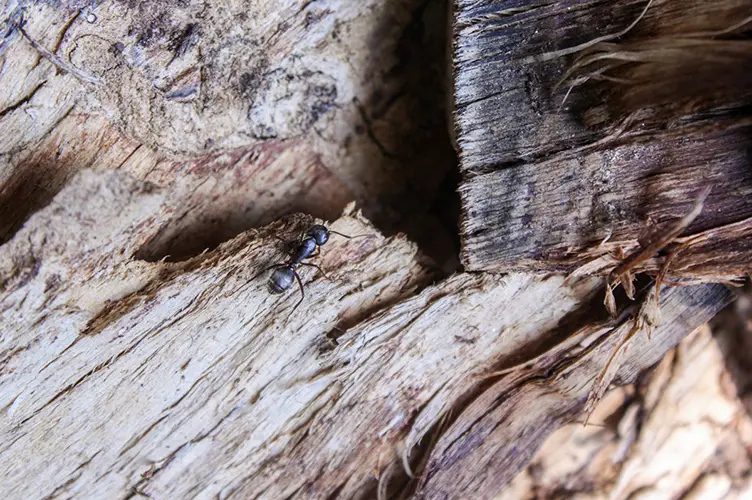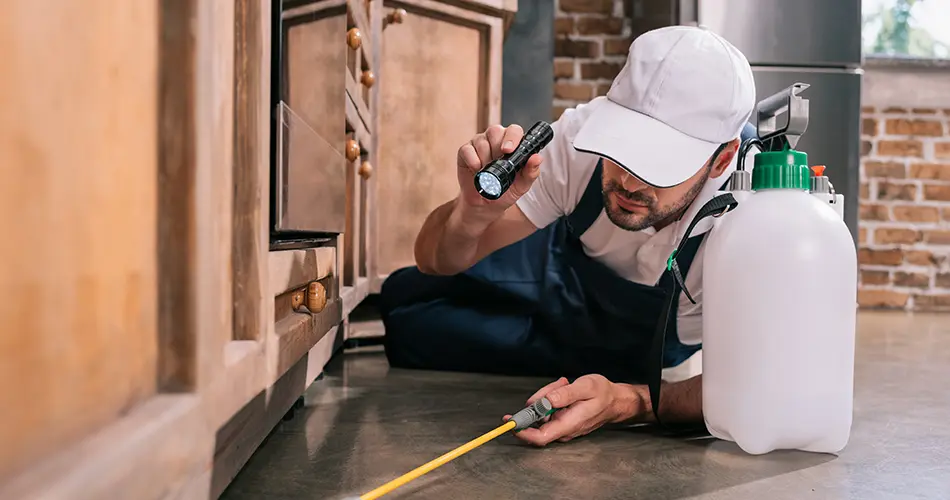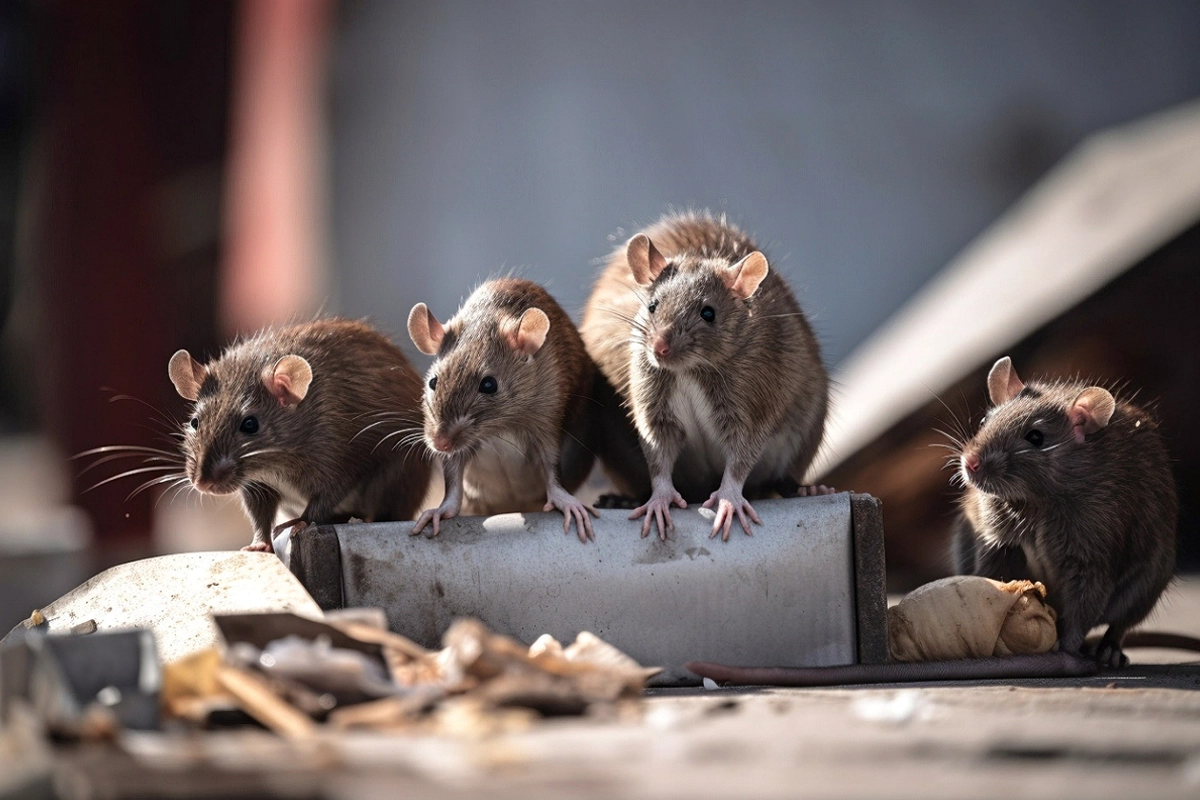Imagine this: You decide you want to bake cookies. You open your cabinet to get flour, and there are BUGS in the flour, and now you’re upset. You’re thinking, “Why me, why my flour?”. Or you come into your kitchen for a midnight snack, and you find a mouse that had the same idea.

Don’t be dismayed; these prevalent issues. The kitchen is one of the most common areas in a home that harbor pests. To protect your kitchen from pests is to know which pests are more common and what they like in your kitchen.
Here are the most common pests in the kitchen, plus some tips to keep them away:
Ants
Even the tiniest crumb can attract these pests. Ants can locate the smallest entryway into your kitchen, making it challenging to keep them away.
Tip: Find and seal any cracks in your kitchen that ants can crawl through.
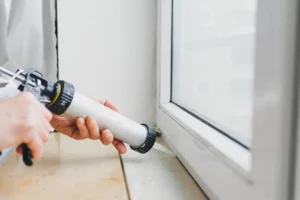
Rodents
Rats and mice share my love of food, which is why our favorite place to be is in the kitchen. But unlike me, rats and mice carry disease and gnaw through wallboards, insulation, and wiring.
Tip: Find and cover any small hole or opening that can act as an open door for rodents.
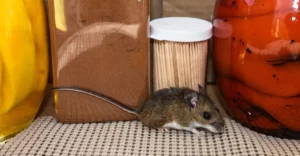
Cockroaches
The German Cockroach is the most common type of roach in southeast Alaska. They are attracted to moisture, grease, clutter, and heat. Roaches usually come into your kitchen by a small entry point or hitchhiking on something you bring into your home.
Tip: Wipe down your stove and countertops every day, especially after cooking a greasy meal. You’d be surprised how far grease can travel, so it’s better to do a deep clean of your kitchen often.
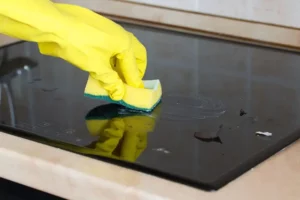
Flies
Fruit flies, House flies, and Drain flies are most common in the kitchen. They share the same love of food and grease. They also love organic matter, like fruit or vegetables. The longer produce sits, you run the risk of having flies in your kitchen.
Tip: Keep your sink clear of dirty dishes to lower the chance of rotting food in your kitchen sink.
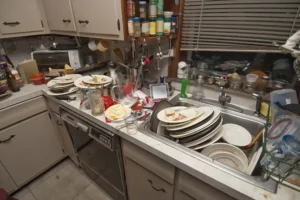
Pantry Pests
These are the bugs you would find in flour or other dry food products. Rice, pasta, cereal, dry pet food, and other dry foods are their filet mignon. These pests typically come in through a product you bought at the store but can also come into your home from outside.
Tip: Inspect your dried products for bugs, and instead of keeping your dried food in its original container, invest in tightly sealed storage containers. They will keep larvae away from your other food, preventing more food loss and a potential infestation.
